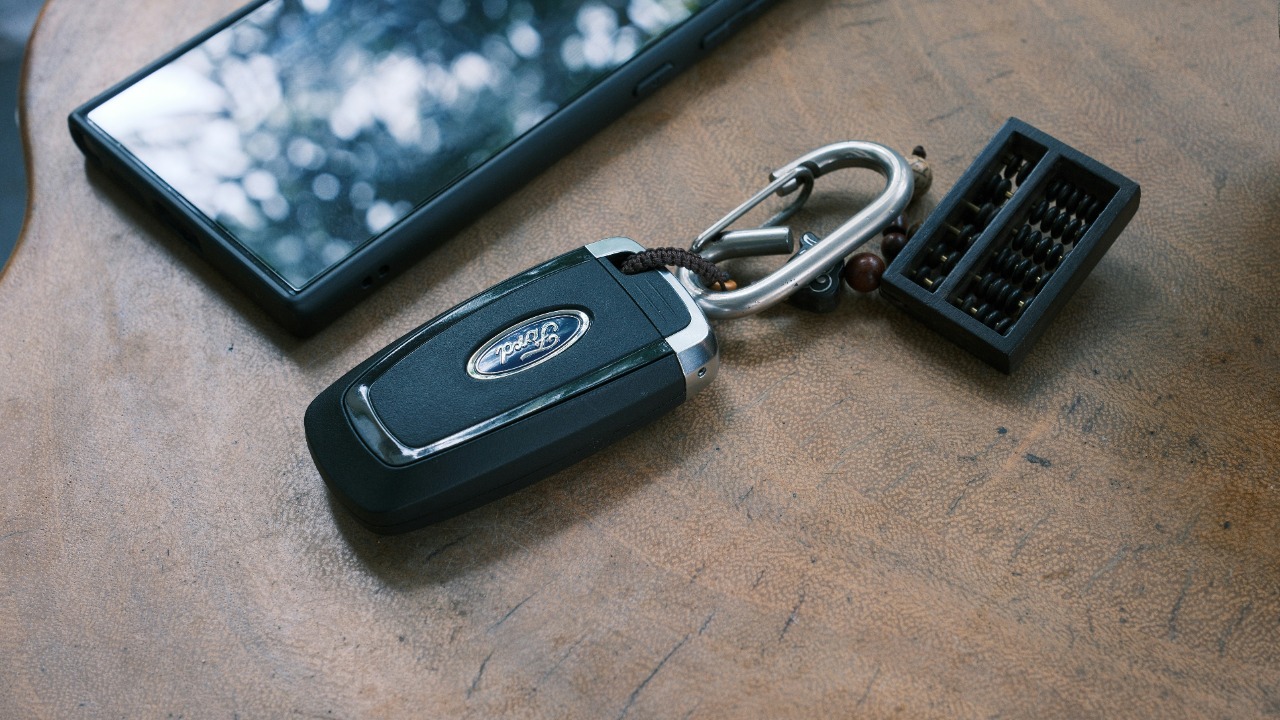
Advances in technology have brought convenience but also new vulnerabilities. One such vulnerability is the ability of a small, inexpensive gadget to disable your car’s key fob. This $20 gadget works by exploiting weaknesses in signal transmission, posing significant security risks for car owners.
The Mechanics of Key Fobs and How They Work
Radio Frequency Identification (RFID)
Key fobs are a staple of modern vehicle security, primarily utilizing Radio Frequency Identification (RFID) technology. RFID allows for wireless communication between the key fob and the vehicle, facilitating easy access and ignition. This technology relies on an electromagnetic field to transfer data between the fob and a reader in the car.
Signal Transmission and Reception
The process is straightforward: when a button on the fob is pressed, it sends a unique radio signal to the car’s receiver, which unlocks the doors or starts the engine. This system is designed to ensure that only the fob paired with the car can operate it. However, the signals can be intercepted or blocked, making them susceptible to external interference.
Common Vulnerabilities
Despite their convenience, key fobs have inherent vulnerabilities. The signals they use can be captured and replicated by devices known as relay attacks, where two devices work together to extend the range of the key fob’s signal. Additionally, the signals can be disrupted by jamming devices, which leads us to the $20 gadget in question.
The $20 Gadget: How It Disables Key Fobs
Signal Jammers
Signal jammers are devices that can disrupt, block, or interfere with radio frequencies, including those used by key fobs. These gadgets can be particularly effective because they prevent the car from receiving the correct signal from the fob, thereby disabling its primary functions. For as little as $20, anyone can acquire a jammer that can compromise vehicle security.
Availability and Accessibility
The proliferation of online marketplaces has made these gadgets easily accessible. Although the legality of owning and using signal jammers varies by jurisdiction, they are often available for purchase on platforms like Amazon and other online retailers. This accessibility poses significant challenges to law enforcement and regulatory bodies.
Real-world Scenarios
Instances of these gadgets being used in real-world scenarios are increasing. Car thieves can use them to disable key fobs, leading to unauthorized access and vehicle theft. In some cases, owners have reported their cars being unlocked or started without their consent, highlighting the potential dangers of these devices.
Implications for Car Owners
Security Risks
For car owners, the risks associated with these vulnerabilities are significant. The ability to disable a key fob remotely means that thieves can gain access to vehicles without any physical evidence of a break-in. This not only raises concerns about theft but also the potential for unauthorized use of the vehicle.
Insurance Concerns
Insurance companies are beginning to take note of these vulnerabilities. In some cases, claims related to key fob hacking or signal jamming may not be covered under standard policies, or they may result in increased premiums. Car owners should consult their insurance providers to ensure they understand the ramifications of such incidents.
Consumer Awareness
Raising consumer awareness is crucial in addressing these security challenges. Car owners need to be informed about the risks associated with key fob vulnerabilities and the steps they can take to protect themselves from potential threats.
Protective Measures and Solutions
Key Fob Signal Blockers
One effective measure against key fob interference is the use of signal-blocking accessories. Products like signal-blocking pouches or boxes can prevent unauthorized access to your fob’s signal by enclosing it in a Faraday cage, effectively blocking external signals.
Regular Updates and Security Enhancements
Keeping a vehicle’s software up-to-date is another critical step in maintaining security. Manufacturers often release updates that address known vulnerabilities, and car owners should ensure these updates are installed promptly. Additionally, exploring additional security features offered by manufacturers can provide extra layers of protection.
Behavioral Changes
Simple behavioral changes can also reduce risk. Keeping key fobs inside the house and away from entry points can minimize the chances of signal interception. Using traditional locks whenever possible adds an extra barrier against unauthorized access.
Future of Vehicle Security
Advancements in Encryption
The automotive industry is actively working on enhancing security protocols. Stronger encryption methods for key fob signals are being developed to prevent interception and replication. These advancements will help reduce the risk of unauthorized access.
Integration of Smart Technologies
Smart technologies, such as biometrics and smartphone integration, offer promising solutions for vehicle security. These systems can provide additional verification layers, ensuring that only authorized users gain access to the vehicle.
The Role of Legislation
Legislative measures may play a crucial role in regulating the sale and use of signal jammers and similar devices. By establishing clear legal frameworks, authorities can better control the distribution and use of these potentially harmful gadgets.